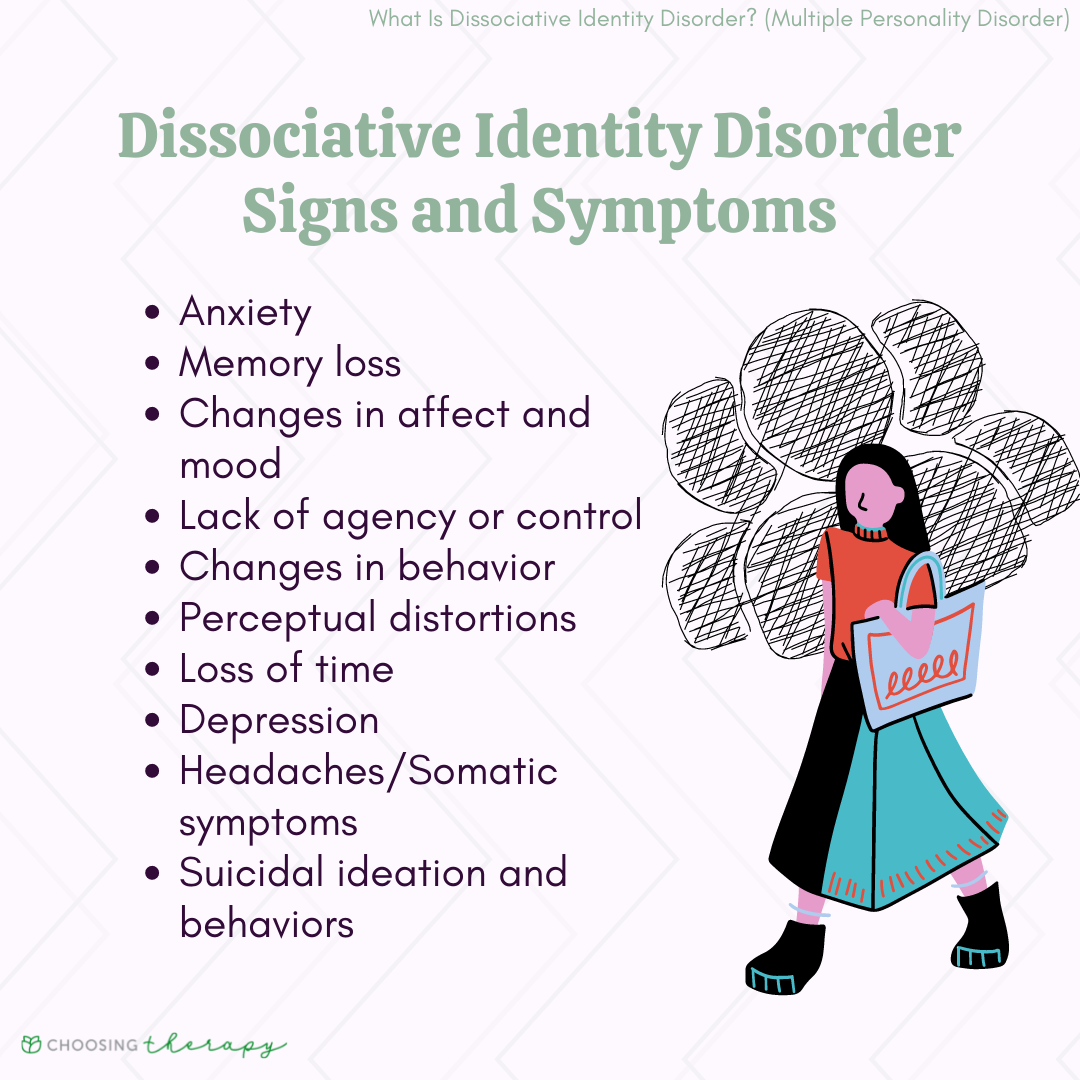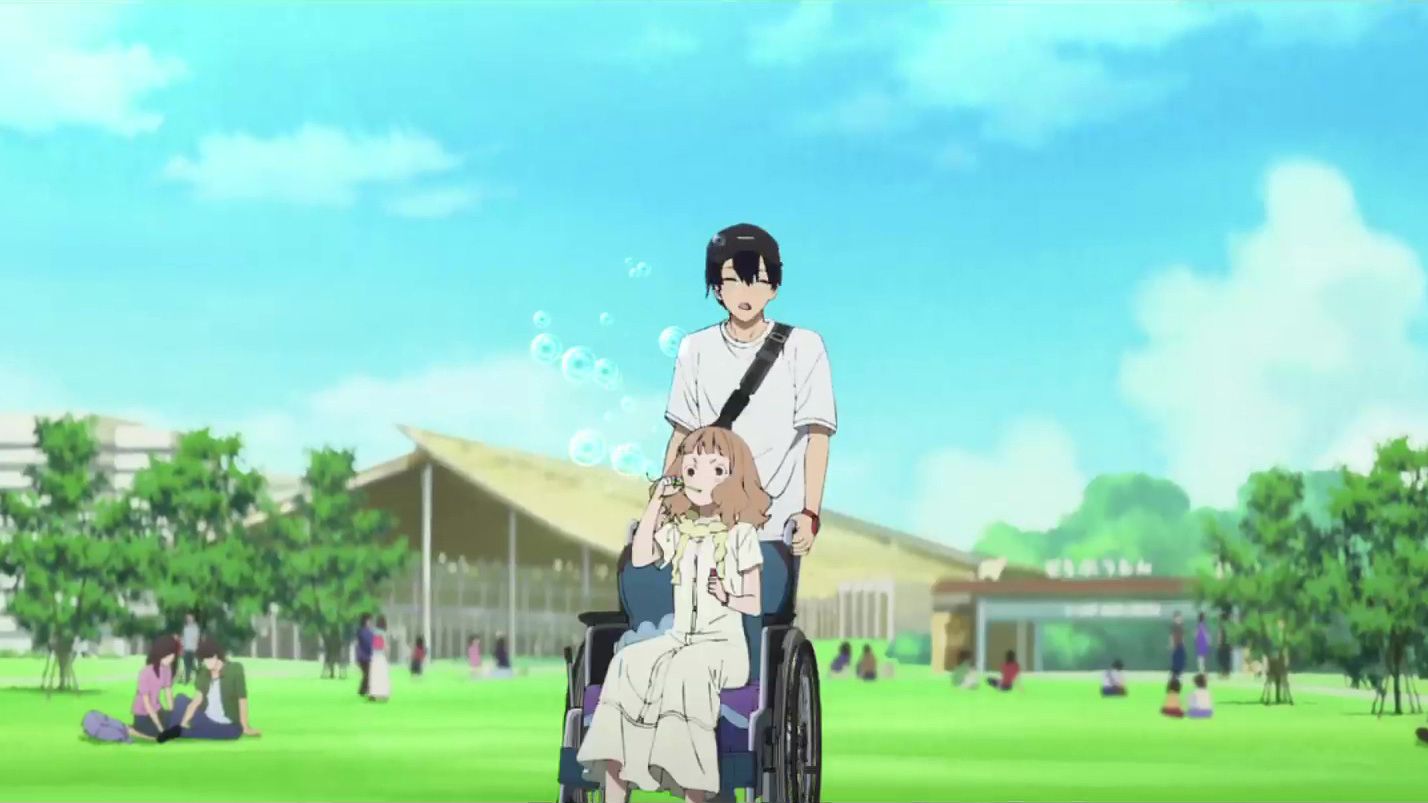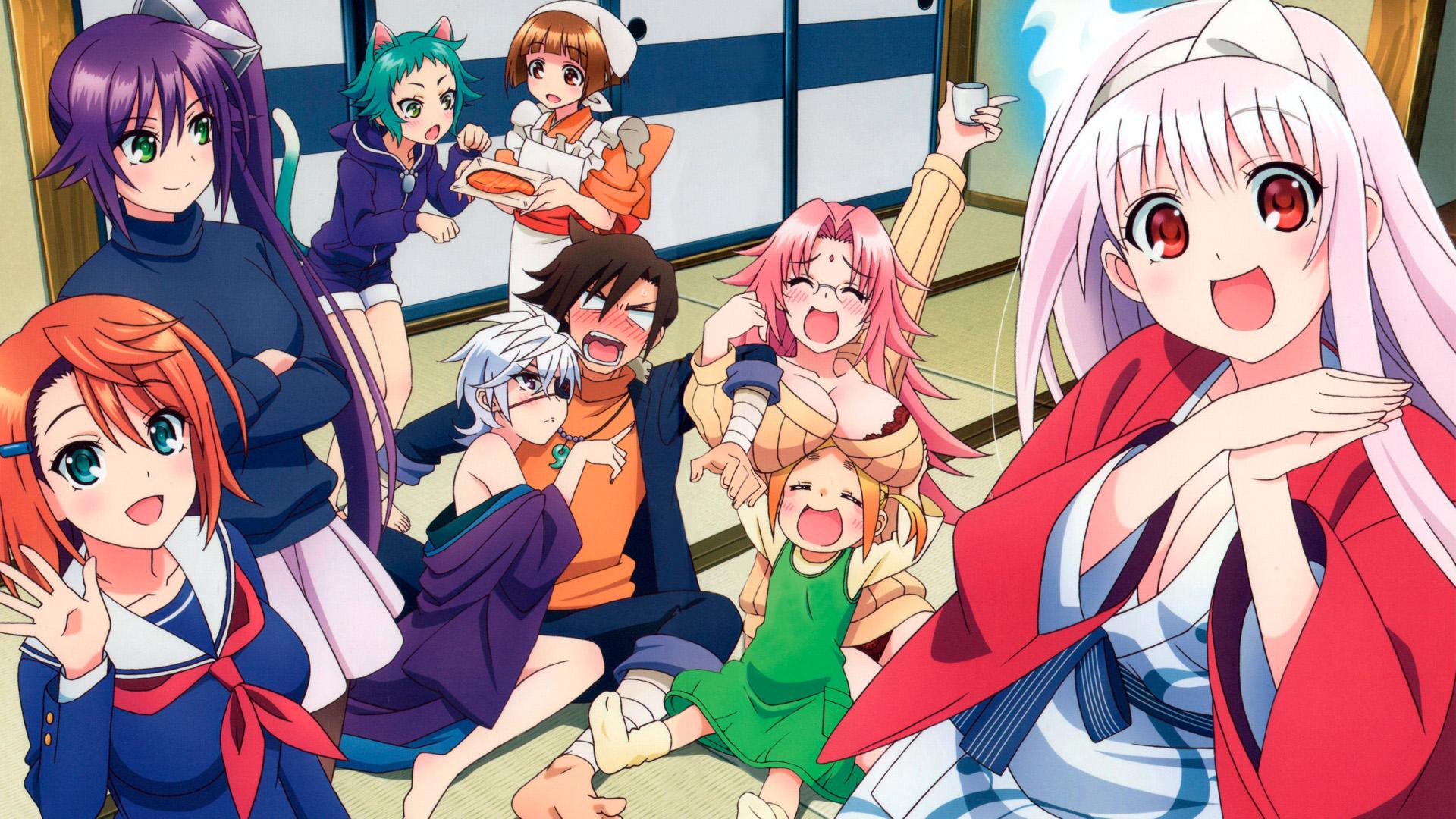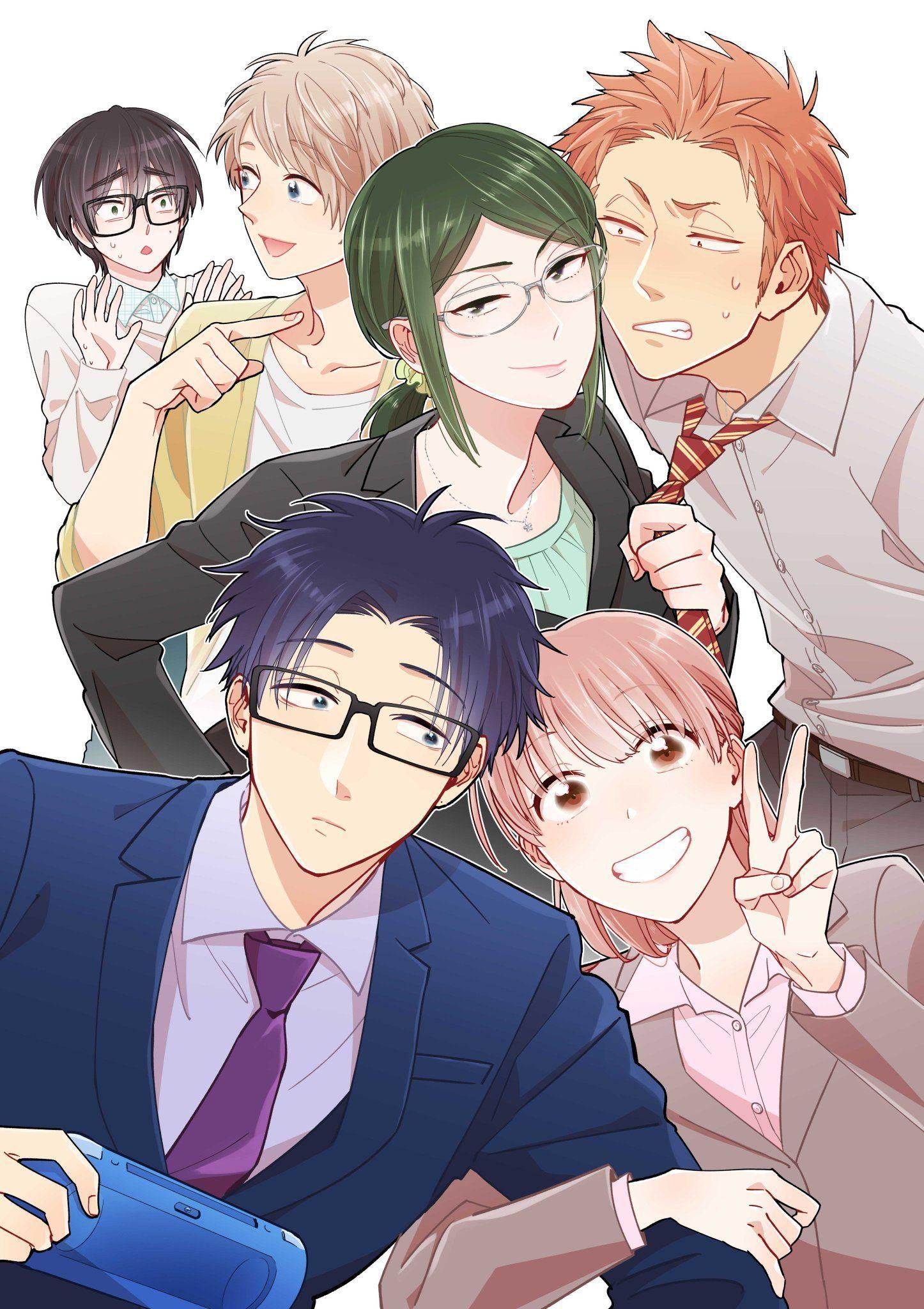The Evolution of Yuri in Media: Beyond Surface Level Representation
For years, the representation of yuri, or girls' love, in media has been a topic of discussion. Initially, depictions often felt performative, raising the question: Did you think my yuri was just for show? This article explores how yuri has moved beyond superficial representation to embrace deeper, more meaningful narratives.
Early Tropes and the Gaze
Early examples of yuri often fell into predictable tropes. The "forbidden love" narrative, the star-crossed lovers facing societal disapproval, and the emphasis on physical attractiveness were common. These depictions, while perhaps appealing to a specific audience, frequently prioritized the male gaze over authentic female experiences.
The focus was often on the aesthetic appeal of the relationship rather than the emotional depth. Characters were sometimes portrayed as naive or overly sexualized, reducing their agency and perpetuating harmful stereotypes. The relationships felt more like plot devices than genuine connections between individuals.
"Early yuri often felt like a box-ticking exercise, incorporating elements to appeal to a male audience rather than exploring the complexities of female relationships," explains Dr. Akari Tanaka, a researcher specializing in gender representation in manga.
The Shift Towards Authentic Representation
However, things are changing. A new wave of yuri works has emerged, focusing on realistic portrayals of female characters and their relationships. These stories delve into the emotional nuances, the challenges, and the joys of being in a same-sex relationship.
Writers are exploring themes such as self-discovery, identity, and societal pressures with greater sensitivity and depth. Characters are now more complex and relatable, with their own flaws, strengths, and motivations. The focus has shifted from external validation to internal growth and acceptance.
Authentic representation means showing the everyday realities of yuri relationships. This includes not just the romantic moments but also the arguments, the misunderstandings, and the work it takes to build a lasting connection. It also means acknowledging the diverse experiences of women within the LGBTQ+ community.
Examples of Meaningful Yuri Representation
Several works exemplify this evolution. Consider the manga series "Bloom Into You," which tells the story of two high school girls navigating their feelings and understanding what love truly means. The series focuses on character development and the complexities of communication within a relationship.
Another example is "Adachi and Shimamura," a light novel series that explores the slow-burn romance between two high school girls. The series delves into their insecurities, their fears, and their journey towards self-acceptance. It offers a nuanced portrayal of their evolving feelings and the challenges they face as they come to terms with their identities.
These works and others like them demonstrate a commitment to representing yuri relationships with respect, sensitivity, and authenticity. They move beyond the superficial and offer viewers and readers a glimpse into the real lives and experiences of LGBTQ+ women.
The Impact of Authentic Representation
The shift towards authentic representation in yuri has far-reaching implications. For LGBTQ+ women, it provides validation, visibility, and a sense of belonging. Seeing themselves reflected in media can be empowering and affirming, helping them to embrace their identities and build confidence.
Furthermore, authentic representation can help to challenge harmful stereotypes and promote understanding and acceptance among the wider public. By showcasing the diversity and complexity of LGBTQ+ experiences, yuri can contribute to a more inclusive and equitable society.
The power of representation cannot be overstated. When stories are told with authenticity and sensitivity, they have the potential to change hearts and minds.
Challenges and Future Directions
Despite the progress made, challenges remain. There is still a need for greater diversity within yuri, representing women of color, women with disabilities, and women from different cultural backgrounds.
Additionally, there is a need to address the issue of fetishization and sexualization in yuri. While sexual expression is a natural part of human experience, it is important to ensure that it is portrayed in a respectful and empowering way, rather than as a means of objectifying women.
The future of yuri lies in continuing to push boundaries, challenge stereotypes, and amplify the voices of LGBTQ+ women. By embracing authenticity, diversity, and sensitivity, yuri can become a powerful force for positive change.
In conclusion, the evolution of yuri in media demonstrates a growing recognition of the importance of authentic representation. While early depictions may have been superficial, a new wave of works is emerging that prioritizes emotional depth, character development, and realistic portrayals of female relationships. This shift has the potential to empower LGBTQ+ women, challenge harmful stereotypes, and promote a more inclusive society. No, my yuri is not just for show. It's about real connection, real feelings, and real lives.












